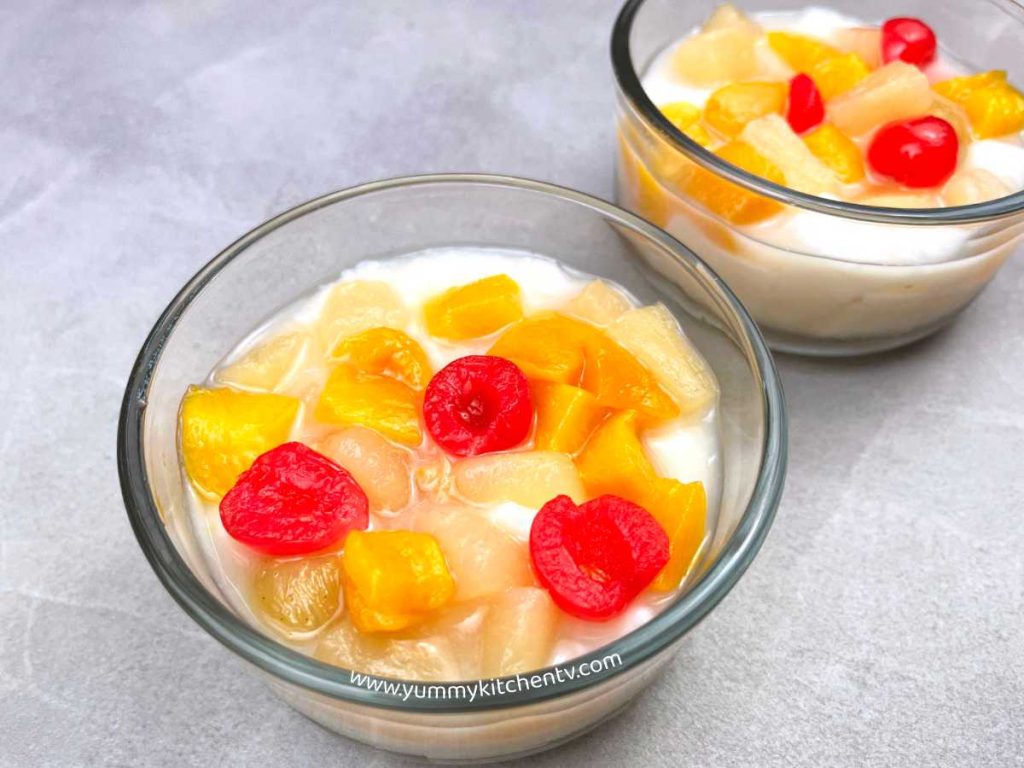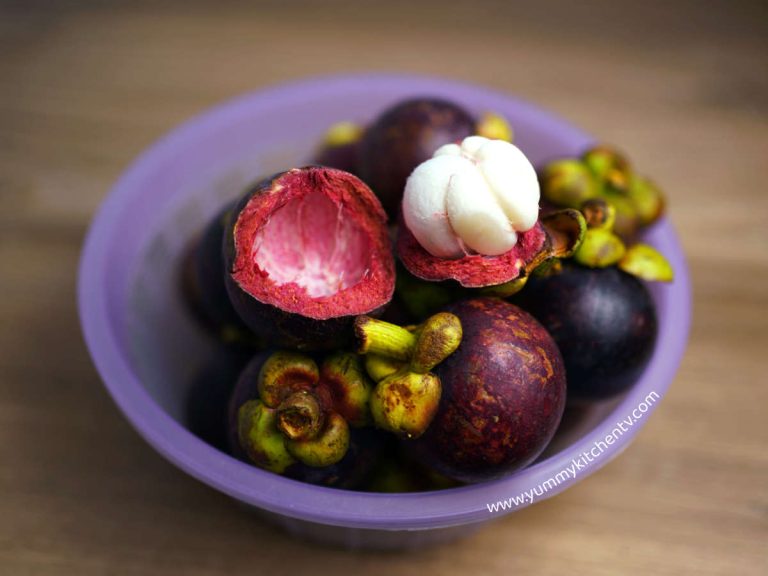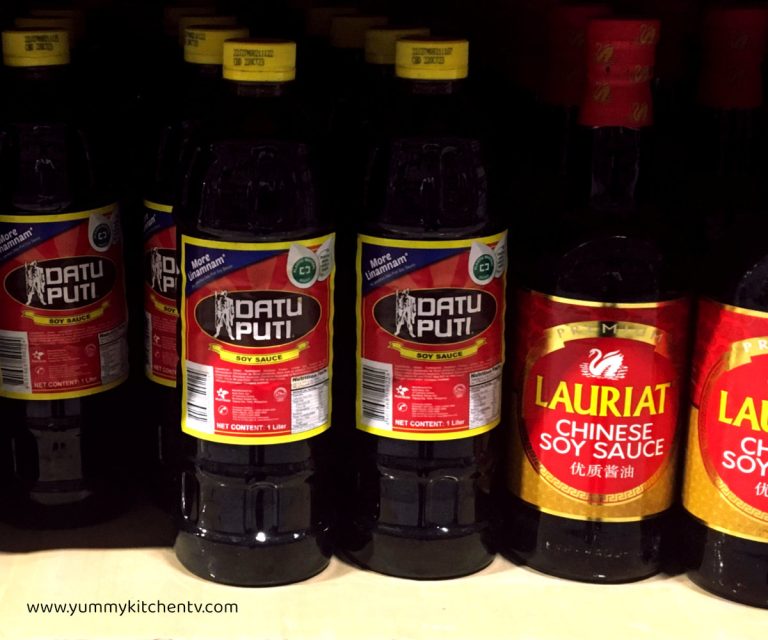Agar agar
Agar agar or just ‘Agar’ is a plant-based gelatinous substance that comes from certain cell walls from specific red algae. A very common ingredient in the culinary world used as a vegan gelatin substitute where it gets its other name ‘the vegetarian gelatin’. But why and when would you need to use this as a replacement? Find out below!
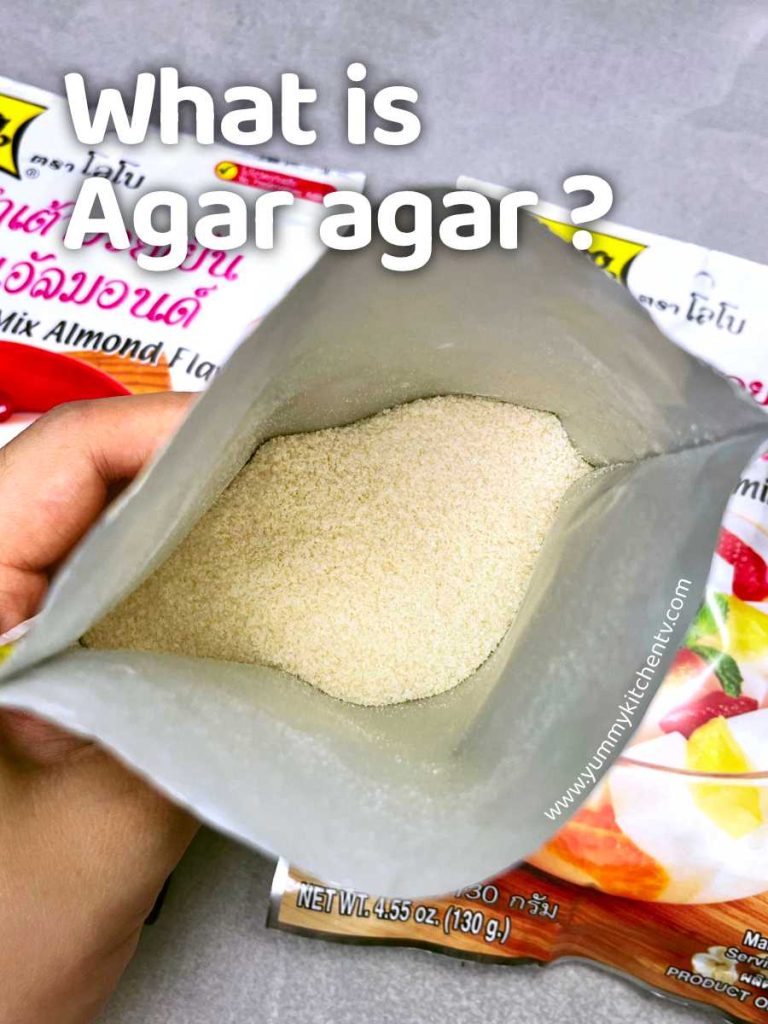
A short Introduction
Agar pronounced ‘ay-gr’ is obtained from ‘Poly Carbohydrates’ taken from specific types of red algae cell walls specifically ‘Ogonori or Gracilaria’ and ‘Tengusa or Gelidiaceae’ mixed together, boiled releasing ‘Agaropectin’, which are removed to turn this into food grade versions like powder or flakes. This is then used to make many familiar as a thickener, Asian desserts, for brewing purposes, preserves, with some used to culture bacteria and create drugs like appetite suppressants or laxatives, even producing non-edible products like fabrics and paper.
The name came from the Malay word for ‘red algae’ an ingredient which can also be used to create gelatin and other jellies. But as for its origins, it is said to come from Kyoto, Japan, founded by Mino Tarōzaemon in 1658 who discarded some leftover seaweed soup and noticed a gel-like substance that formed over a cold winter’s night. Slowly gaining interest and being used in many Asian delicacies we now make and eat. In some stories, it was foraged in the coasts of Southeast Asia by Malay communities living in the area. It gained popularity from its uses of culinary to science, it slowly came into use for microbiology in 1882 by Walther Hesse a German microbiologist who used the gelatin structure for microbes that need to be placed in high temperatures.
Slowly, this gluten-free vegan thickening agent gained more popularity especially as times are changing and more diet fads are coming out. Where to buy Agar agar? You can find these at your local supermarkets, grocery stores usually in the Asian aisle, or at the baking goods aisle or store. These can be seen sold as unflavored powder, but typically sold in flavors of almond or jasmine, it’s also produced as flakes, dry bars, or as strands which can be used depending on the recipe.
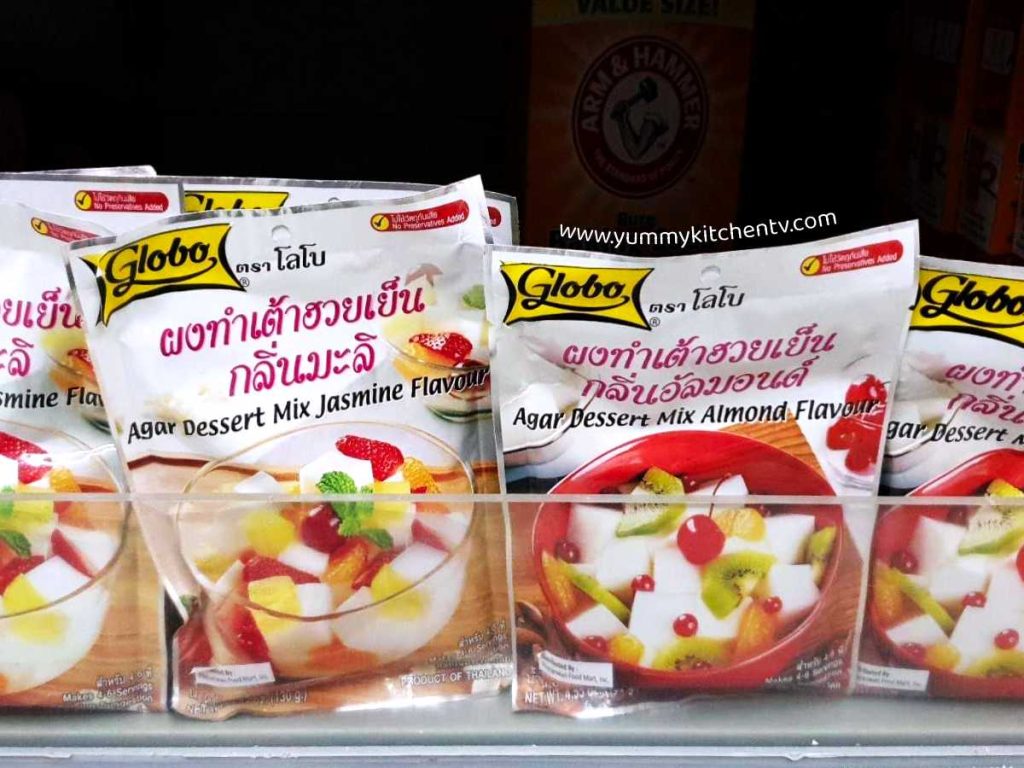
Agar agar vs Gelatin
- The biggest difference between the two is from where it’s derived from. Gelatin is animal based and can either come from the collagen of farmed animals, usually the pigs or cows ligaments, bones, or tendons. While Agar is from red seaweed or algae.
- Gelatin can be dissolved in warm or room temperature water while Agar needs to be stirred in simmering water.
- Gelatin also needs to be set in the fridge for 2 hours or more while Agar just needs to be at room temperature meaning that this makes the dish firmer and less creamy, opposite of gelatin.
Agar substitutes
Whether you can’t find them easily in the store or suddenly need to have them to complete your dish, here are some easy to find and use alternatives:
- Gelatin – the most common and universally available almost everywhere. Though these are not a vegan/vegetarian option, and are less firm. It can still be used for jellies, not much as a thickener by itself except for making cream based desserts thicker.
- Gulaman – some also call gulaman as the Filipino agar as it is vegan and can make the jelly dish very firm and stable.
- Cornstarch, arrowroot, tapioca starch – can all be used in cooking or baking as a thickener fill-in.
- Xanthan Gum or Guar Gum – a gluten-free option to thicken and stabilize the dish.
- Pectin Powder – a great alternative that vegetarians or vegans use mostly for fruits based desserts. Though you might need 3 times the usual amount.
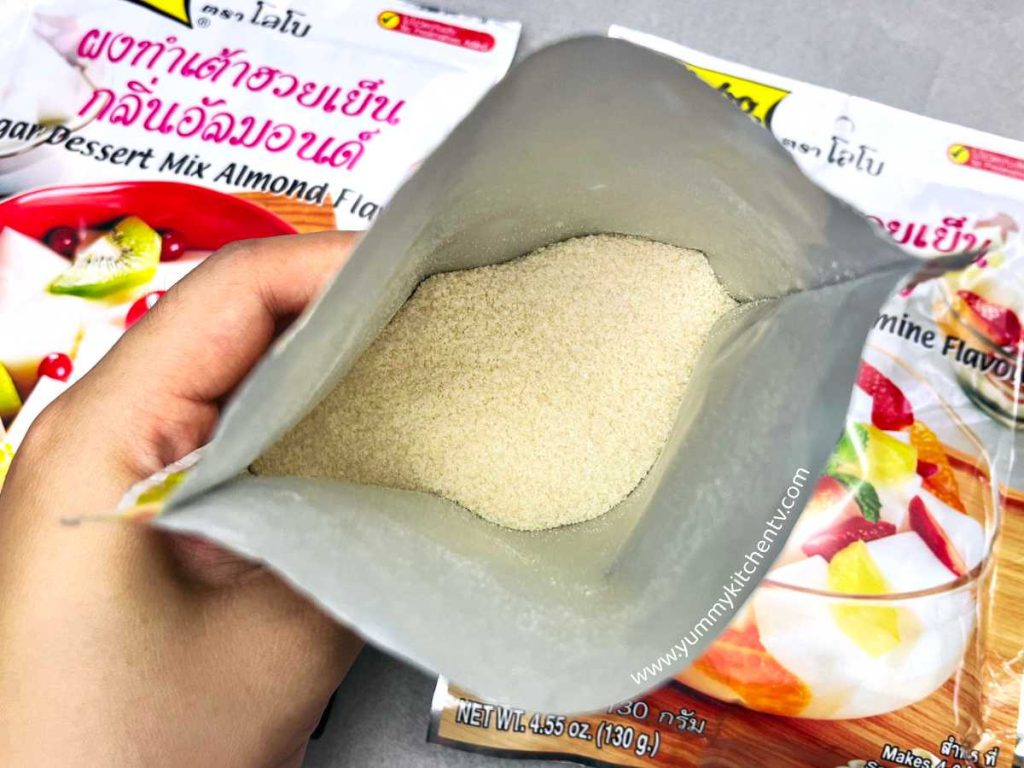
What is Agar agar used for ?
Used by many, from scientists, to chefs, and homemakers, this common but very helpful ingredient can be found noticeably or indiscreetly in many of our favorite desserts and even snacks. Here are some “ How to use agar recipes” that might even make your or your love one’s day a bit brighter:
- Fruit Jelly Salad – uses gelatin powder but we do recommend turning this into an Agar jelly dessert especially in the summer to create a firmer less prone to melting all of a sudden dessert.
- Buko Pandan Salad – quick and easy to do vibrant green coconut dessert that won’t let you down. Just a few mixes of evaporated milk, cream, nata de coco, other coconut based jellies, green colored gulaman or agar, coconut shreds and juice, with a few drops of pandan or buko pandan flavoring.
- Agar santan – the simplified and less creamy more of a jelly version of buko pandan. A bright almost neon green colored dessert made with coconut milk and pandan leaves or your choice of flavorings. Turning into a layered jelly-cream cake.
- Coconut Creme Caramel – pudding but eggless, it’s sweeter and firmer, and takes a lot less time.
